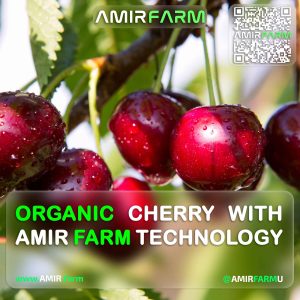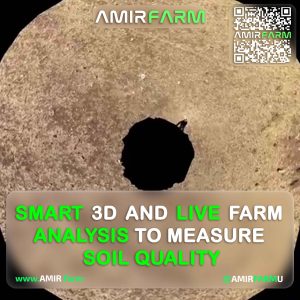Smart farming is a concept that has been gaining traction in recent years, as farmers look for ways to increase efficiency and productivity while reducing costs. One of the key technologies driving this trend is the Internet of Things (IoT), which allows farmers to collect and analyze data from their fields and equipment in real-time. However, the true potential of smart farming lies in the integration of artificial intelligence (AI) into these systems.
AI has the ability to analyze vast amounts of data and identify patterns that humans may not be able to detect. This can be particularly useful in agriculture, where there are many variables that can affect crop yields, such as weather, soil conditions, and pests. By using AI to analyze data from sensors and other sources, farmers can gain insights into these factors and make more informed decisions about how to manage their crops.
One example of how AI is being used in smart farming is in the development of predictive models. These models use historical data to predict future outcomes, such as crop yields or the likelihood of a pest infestation. By using these models, farmers can make more accurate predictions about what will happen in their fields and adjust their management practices accordingly.
Another way that AI is being used in smart farming is through the development of autonomous systems. These systems use sensors and other technologies to monitor crops and make decisions about how to manage them. For example, an autonomous irrigation system might use data from soil moisture sensors to determine when to water crops, rather than relying on a predetermined schedule.
AI is also being used to develop precision agriculture techniques, which involve using data to tailor management practices to specific areas of a field. For example, a farmer might use data from soil sensors to determine which areas of a field need more fertilizer, and apply it only to those areas. This can help to reduce costs and improve yields, as resources are used more efficiently.
One of the challenges of using AI in smart farming is the need for high-quality data. In order for AI algorithms to be effective, they need to be trained on large amounts of accurate data. This can be difficult in agriculture, where data may be sparse or of poor quality. However, as more farmers adopt IoT technologies and collect more data, this challenge is likely to become less of an issue.
Another challenge is the need for specialized expertise. Developing and implementing AI algorithms requires a high level of technical knowledge, which may be beyond the capabilities of many farmers. However, there are companies and organizations that are working to develop user-friendly AI tools that can be used by farmers with little or no technical expertise.
Despite these challenges, the potential benefits of AI in smart farming are significant. By using AI to analyze data and make decisions, farmers can increase efficiency, reduce costs, and improve yields. This can help to ensure that there is enough food to feed a growing global population, while also reducing the environmental impact of agriculture.
In conclusion, AI is playing an increasingly important role in revolutionizing smart farming practices. By using AI to analyze data and make decisions, farmers can gain insights into the factors that affect crop yields and make more informed decisions about how to manage their crops. While there are challenges to implementing AI in agriculture, the potential benefits are significant, and it is likely that we will see more and more farmers adopting these technologies in the coming years.






















